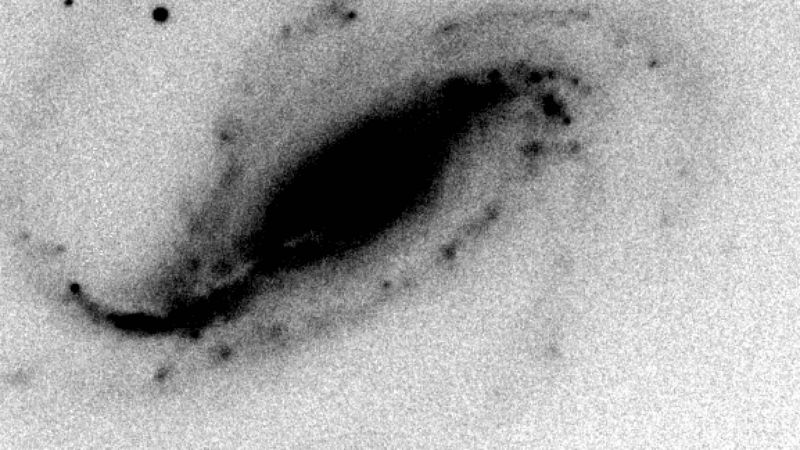Amateur astronomer Victor Buso was testing his camera-telescope setup in Argentina back in September 2016, pointing his Newtonian telescope at a spiral galaxy called NGC613. He collected light from the galaxy for the next hour and a half, taking short exposures to keep out the Santa Fe city lights. When he looked at his images, he realized he’d captured a potential supernova—an enormous flash of light an energy bursting off of a distant star.

Buso took more data and informed Argentine observatories, who announced the outcome of their follow-up observations today: “the serendipitous discovery of a newly born, normal type IIb supernova,” according to the paper published in Nature.
Not only did this demonstrate the importance of amateur astronomy, but Buso’s images also provided evidence of the brief initial shockwave from the supernova, a phenomenon that telescopes rarely capture, since they’d have to be looking at the exact right place in the sky at the right time.











